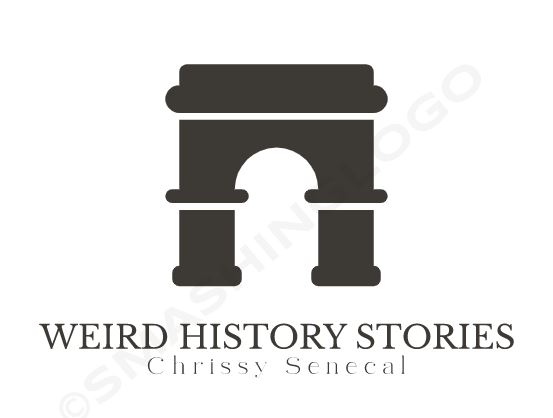The Extinct Placoderm and Adaptive Immune Systems
This little beauty is an artist’s rendition of a Placoderm – an extinct fish from close to 500 million years ago which had a significant feature that has played out into the lives of all humans today. Early fishes from this geological period had jaws, and evolutionary scientists have recognized jawed vertebrate fish as the […]
The Extinct Placoderm and Adaptive Immune Systems Read More »




















